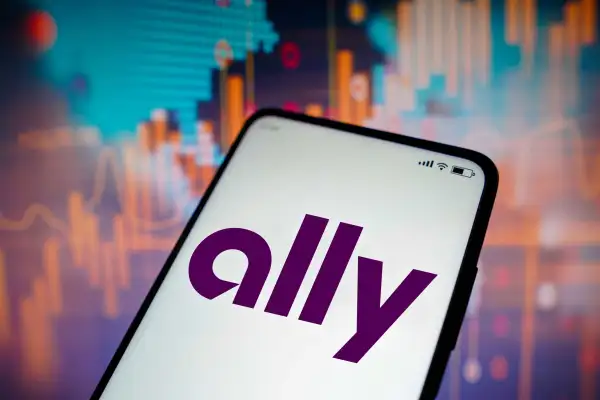Online Banks Are Finally Raising Interest Rates on Savings Accounts Again

After years of bad news and depressing "sorry-we're-dropping-your-APY" emails, America's savers may be finally catching a break.
The online bank Ally wrote an email to customers Tuesday to announce it's raising the annual percentage yield, or APY, on its high-yield savings accounts from 0.5% to 0.6% for all balance tiers. This is notable because it's the first time Ally has changed the interest rate since December 2020 — and the first time it has increased the APY since January 2019.
"We actively monitor market conditions and other factors to make sure we are delivering competitive rates," Tuesday's message from Ally read. "Based on recent events, we are increasing your rate and you will now earn more on every dollar saved."
Ally isn't the only company boosting rates. Marcus by Goldman Sachs increased the APY for its online savings accounts on April 22, bumping its rate up from 0.5% to 0.6% in the first hike since January 2019. Synchrony also recently raised its APY for high-yield savings accounts to 0.6%.
*Rates and APYs are subject to change. All information provided here is accurate as of May 19, 2023.
It's a welcome development after the turbulence of the pandemic, which saw banks slash their savings rates as economic conditions worsened.
Before COVID-19 hit — and, prior to that, before the Fed raised rates in 2019 — online banks were in an unofficial competition with each other to see who could offer U.S. savers the highest interest rate. Because they were relatively new outfits that wanted to attract customers and didn't have to pay the overhead costs associated with brick-and-mortar locations, they boasted sky-high APYs. At one point, Ally offered customers a whopping 2.2%.
But the following years were rough, and customers got hammered with repeated bank alerts informing them of dropping yields, often a tenth of a percentage point or so at a time. Though financial institutions reserve the right to change these variable rates whenever they want, customers grew frustrated, with one telling Money in 2020, “I feel a little bit duped.”
The current rate rebound is likely due to the Federal Reserve's own rate hikes — an effort by the central bank to tamp down record-high inflation. Rate hikes make borrowing more expensive, which, typically, leads banks to increase their interest rates for savers. That's what we're starting to see now.
It's a slow process, but online banks still generally offer savers better returns than traditional ones.
According to the Federal Deposit Insurance Corporation, the national deposit rate for savings accounts is just 0.06%, meaning a seemingly paltry 0.6% APY would be a tenfold improvement. Looking forward, Alvin Carlos, managing partner at District Capital Management, told Money in January that "we might start seeing high-yield savings accounts that offer a 1% rate by the end of 2022."
More from Money:
What Does the Fed Interest Rate Hike Mean for Me?
8 Best Savings Accounts of 2022
The Secret to Saving the Perfect Amount of Money Every Time You Get Paid

